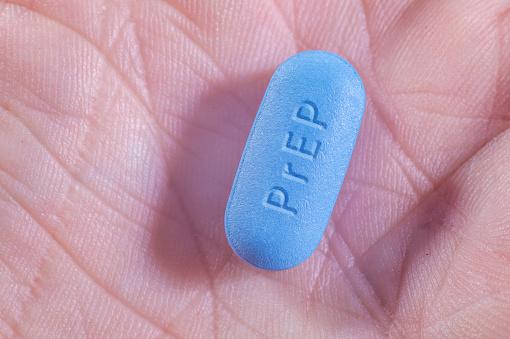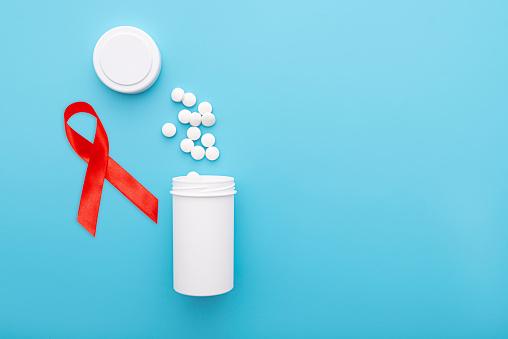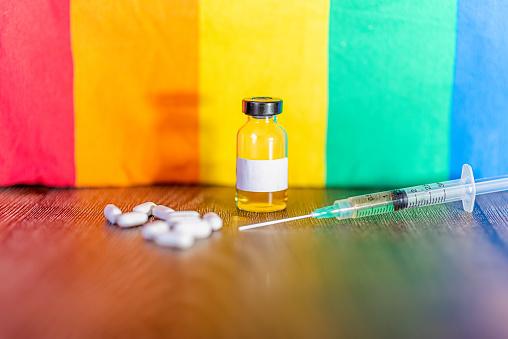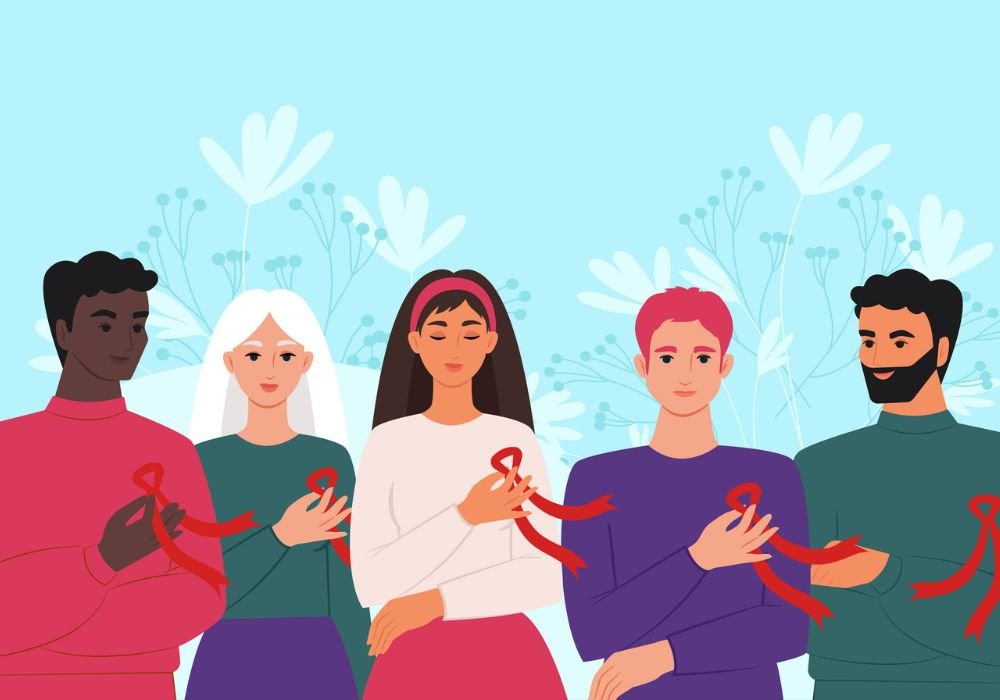In the late 1980s, the world was experiencing the height of the HIV and AIDS epidemic. Being contaminated with the Human Immunodeficiency Virus (HIV) that causes AIDS (Acquired Immunodeficiency Syndrome) was not only fatal but also stigmatizing.
Currently, having HIV is not a lethal punishment, and people living with the virus can enjoy a good quality of life. However, the disease still has no cure, so infection prevention methods still as important as PrEP.
What is PrEP?
PrEP (pre-exposure prophylaxis) It is a drug that helps prevent HIV.. It consists of two antiretrovirals called tenofovir and emtricitabine. These agents block cellular receptors, preventing the virus from attaching and entering human cells.
It comes in pill form that can be administered in two ways: daily or on demand.

In daily PrEP, the user takes one pill per day indefinitely. In optional PrEP, the person uses the drug differently according to the 2+1+1 rule.
The optional regimen is by taking two pills 2 to 24 hours before sexual intercourse. A booster dose of 1 tablet should be taken 24 hours after the first dose, and the second dose should be taken 24 hours after the booster dose.
The optional program is indicated for people who manage to plan their sexual intercourse less than 2 times a week.

Who should use PrEP?
According to the Ministry of Health, PrEP is indicated for populations susceptible to HIV infection, with the highest risk being:
- sex workers;
- homosexuals;
- Men who have sex with other men;
- transvestites;
- trans people;
- Persons with more than one partner;
- People who often forget to use condoms.
The drug can be used by all uninfected persons over 15 years of age.
According to studies, there is a difference in the effect of the drug in organisms where the female hormone estradiol is present.
For this reason, trans and transgender women or cisgender women on hormone therapy should consult a doctor and avoid using PrEP on demand.

Is the drug available in SUS?
Medication and follow-up services have been provided in the United Health System (SUS) since 2018. The person concerned can apply to the website of the Ministry of Health to find out which nearest unit has made consultation and referral.
The person can take their medication from the health unit every 3 months and have a screening test done, Not only for HIV, but also for all sexually transmitted infections. All free.

PEP X PrEP
PrEP and PEP are different. PrEP is a programmed form of prevention that takes place before sexual contact and has no time limit for use.
PEP (Post Exposure Prophylaxis) is emergency treatment after a period of exposure with a potential risk of HIV infection. In this context, health workers who may have had an accident with sharp tools in the workplace are also included in the risk population.
Treatment should begin 2 hours to 72 hours after the event and should last 28 days. In the treatment and post-treatment process, the person is kept under surveillance for the intervention to be successful. Both are available at SUS.

PrEP x HIV
Prophylaxis is an excellent tool to prevent HIV infection, and on June 5 of that year, ANVISA approved injectable PrEP.
Using the antiretroviral Cabotegravir, injectable PrEP promises a new breakthrough against HIV infection and the development of AIDS, making relationships even safer.
It should be noted that PrEP does not protect against other types of sexually transmitted infections such as syphilis, hepatitis B, among othersIn these cases, it is preferable to use barrier methods such as condoms.
Get the most out of your relationships while maintaining the safety of yourself and your partner.
Source: Tec Mundo
I’m Blaine Morgan, an experienced journalist and writer with over 8 years of experience in the tech industry. My expertise lies in writing about technology news and trends, covering everything from cutting-edge gadgets to emerging software developments. I’ve written for several leading publications including Gadget Onus where I am an author.













